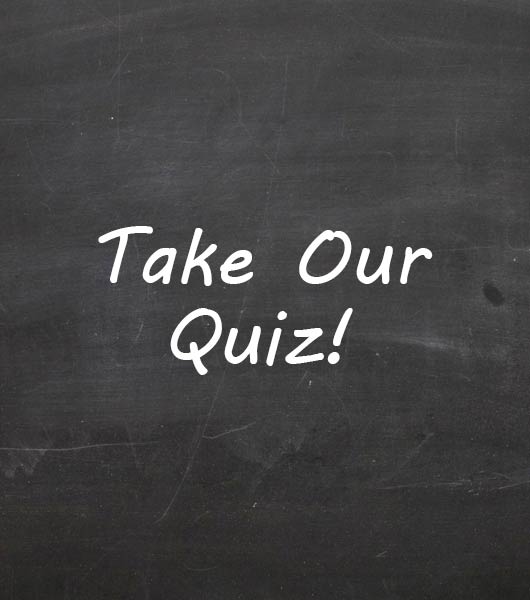Fy2016 - RN Annual Rhythm Examination - BLS Providers (Please Provide You First And Last Name Only; No Initials. )
- ACLS
- BLS
- CPR
2.
You may optionally provide this to label your report, leaderboard, or certificate.
Submit
Submit
Submit
Submit
Submit
Submit
Submit
Submit
Submit
Submit
Submit
×
Thank you for your feedback!
















